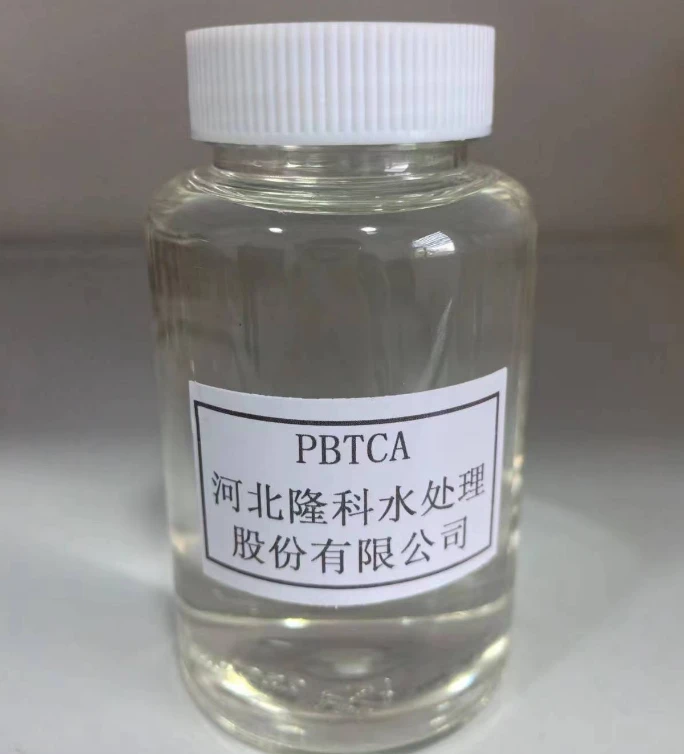Exploring the Antimicrobial Properties of Benzododecinium Compounds in Modern Medicine
Benzododecinium A Comprehensive Overview
Benzododecinium, a quaternary ammonium compound, has garnered attention in various fields due to its unique chemical properties and potential applications. It is primarily used as a surfactant and antiseptic agent, often incorporated into disinfectants and sanitizers. Understanding its chemical structure, mechanism of action, applications, and safety profile is essential for appreciating its role in both industrial and medical contexts.
Chemical Structure and Properties
Benzododecinium is characterized by its long hydrophobic hydrocarbon chain, which is typically composed of twelve carbon atoms. At one end of the molecule, a positively charged nitrogen atom is linked to a benzyl group and three other alkyl chains. This dual nature – both hydrophobic and hydrophilic – allows benzododecinium to effectively interact with a variety of surfaces and microorganisms.
The molecule’s cationic nature gives it several functional advantages. Cationic surfactants like benzododecinium tend to have low toxicity profiles and are biodegradable, which is increasingly important in today’s chemical landscape. The long hydrocarbon chain enhances its ability to penetrate biological membranes and disrupt cellular processes, making it effective against a broad range of pathogens.
Mechanism of Action
The primary mechanism of action of benzododecinium involves the disruption of microbial cell membranes. When applied to a surface or skin, the cationic molecule interacts with the negatively charged components of bacterial membranes, leading to membrane destabilization and eventual cell lysis. This biocidal action is particularly effective against Gram-positive and Gram-negative bacteria, fungi, and viruses.
Moreover, benzododecinium can form complexes with other compounds, enhancing its antimicrobial efficacy
. Its ability to act synergistically with other antibacterial agents makes it a valuable ingredient in combination products aimed at tackling resistant microbial strains.Applications
benzododecinium

Benzododecinium has found numerous applications across various domains, including healthcare, cosmetics, and food industry. In healthcare settings, it is widely used in the formulation of antiseptics, disinfectants, and preservatives. Its effectiveness against a wide spectrum of pathogens makes it an essential component in surgical scrubs and hand sanitizers used in hospitals.
In cosmetics, benzododecinium serves as a conditioning agent in hair care products and skin lotions. Its moisturizing and antimicrobial properties contribute to preserving product integrity and enhancing user experience. By preventing the growth of harmful microorganisms, it ensures that these products remain safe and effective throughout their shelf life.
In the food industry, benzododecinium is sometimes utilized as a preservative. By inhibiting microbial growth, it extends the shelf life of products while maintaining quality and safety.
Safety Profile and Regulations
While benzododecinium exhibits significant antimicrobial properties, it is essential to consider its safety profile. Safety assessments indicate that, when used according to recommended guidelines, benzododecinium poses a low risk to human health. However, as with any chemical agent, it is crucial to use it appropriately—especially in high concentrations—to minimize potential irritation or allergic reactions.
Regulatory agencies, including the US Environmental Protection Agency (EPA) and the European Chemicals Agency (ECHA), have established guidelines for the use of benzododecinium in various applications. Manufacturers must adhere to these guidelines to ensure that the compound is safe for consumers and the environment.
Conclusion
In summary, benzododecinium is a versatile and effective compound with a range of applications in healthcare, cosmetics, and food preservation. Its unique chemical properties, combined with its mechanism of action and safety profile, make it an invaluable tool in combating microbial contamination. As research continues to explore new formulations and applications, benzododecinium's role in maintaining hygiene and safety is likely to grow, contributing to improved public health outcomes. Understanding and leveraging this compound responsibly can pave the way for innovative solutions in various industries, making it a subject of ongoing interest and importance.
-
Water Treatment with Flocculant Water TreatmentNewsJun.12,2025
-
Polymaleic AnhydrideNewsJun.12,2025
-
Polyaspartic AcidNewsJun.12,2025
-
Enhance Industrial Processes with IsothiazolinonesNewsJun.12,2025
-
Enhance Industrial Processes with PBTCA SolutionsNewsJun.12,2025
-
Dodecyldimethylbenzylammonium Chloride SolutionsNewsJun.12,2025





